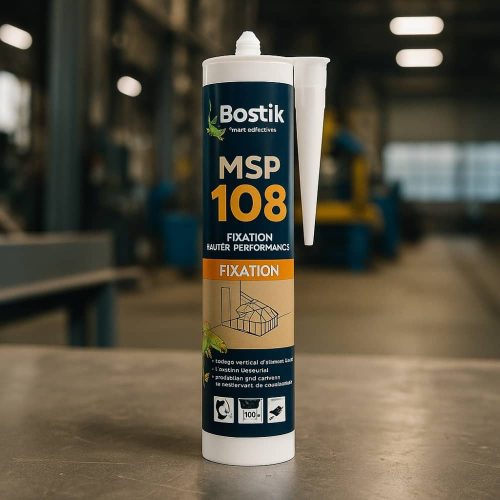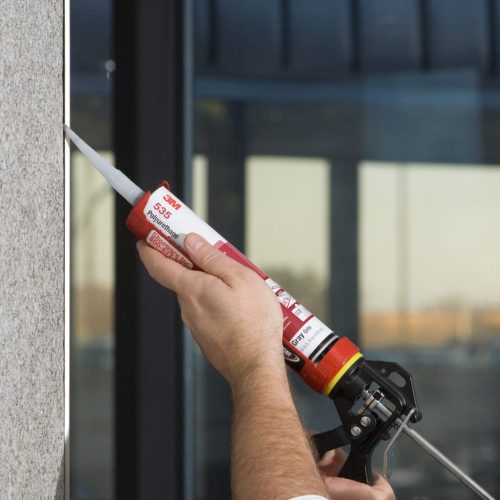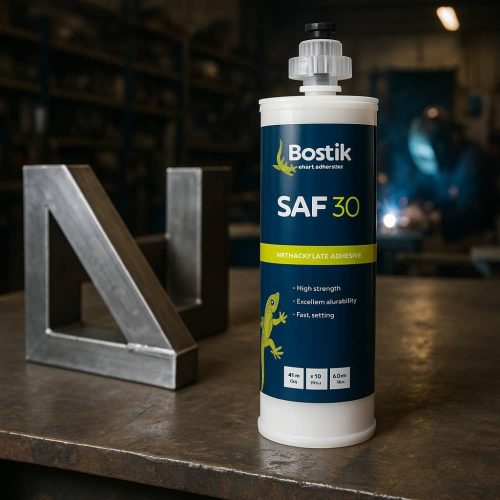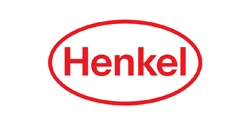Le sealant is a flexible sealing or assembly material that polymerises to form a strong, flexible material.
Formulated with silicone, polyurethane, hybrid polymer or in two-componentputty allows you to fill the joints, paste elements or provide lasting protection surfaces against moisture, vibration and chemical attack.
It is widely used in the construction, industry, shipbuilding, automotive and aerospace sectors.
Each type of sealant has specific properties adapted to precise technical constraints.
Find out more about our sealants on this page:
👉 Silicone | Bi-component | Polyurethane | Polymer



Professional sealants offer many benefits:
Each formulation (silicone, polyurethane, polymer, etc.) meets specific needs depending on the intended application.
Sealants ensurewaterproofing façade joints, gluing joinery, insulation of partitions or fixing composite panels. They are essential for guaranteeing the durability of structures.
They are used for l'assembly of bodywork, tightness of glazing, fixing internal partsor corrosion protection.
In industry, sealants are used to gluing mechanical parts, assembling composite materialsor protect electrical systems against water and dust.
High-performance sealants for withstand thermal cycles, to impacts, extreme vibrationsThe result is a product that is easy to install, while providing reliable sealing and bonding properties over the long term.
Le silicone sealant is ideal forwaterproofing and the bonding in environments exposed to humidity (bathrooms, kitchens, outdoors).
Le two-component sealant (a mixture of a base + a hardener) is perfect for complex industrial applications.
Le polyurethane sealant is used for structural bonding and applications subject to high mechanical stress.
The hybrid polymer sealants combine the advantages of silicones and polyurethanes.
At ADDEV Materialswe select high-performance sealants adapted to your most demanding environments:
We put our materials expertise at the service of your industrial performance.
Contact our ADDEV Materials experts !
We can help you choose the ideal sealant for your application.
📞 Contact us now for personalised advice!



A sealant is a flexible paste which, after application, hardens to form a watertight, elastic joint or solid assembly between two surfaces. It is used to seal, bond or protect.
A two-component sealant is used when you need a high level of protection. controlled drying time and a very high mechanical strength. It is common in heavy industry, aeronautics and shipbuilding.
Yes, some sealants such as silicones and certain polymers can withstand high temperatures (up to 250°C) without deteriorate or lose their elasticity.
Yes, but it depends on the type of sealant. Polyurethane and polymer sealants are generally paintable when completely dry, whereas conventional silicones are not.